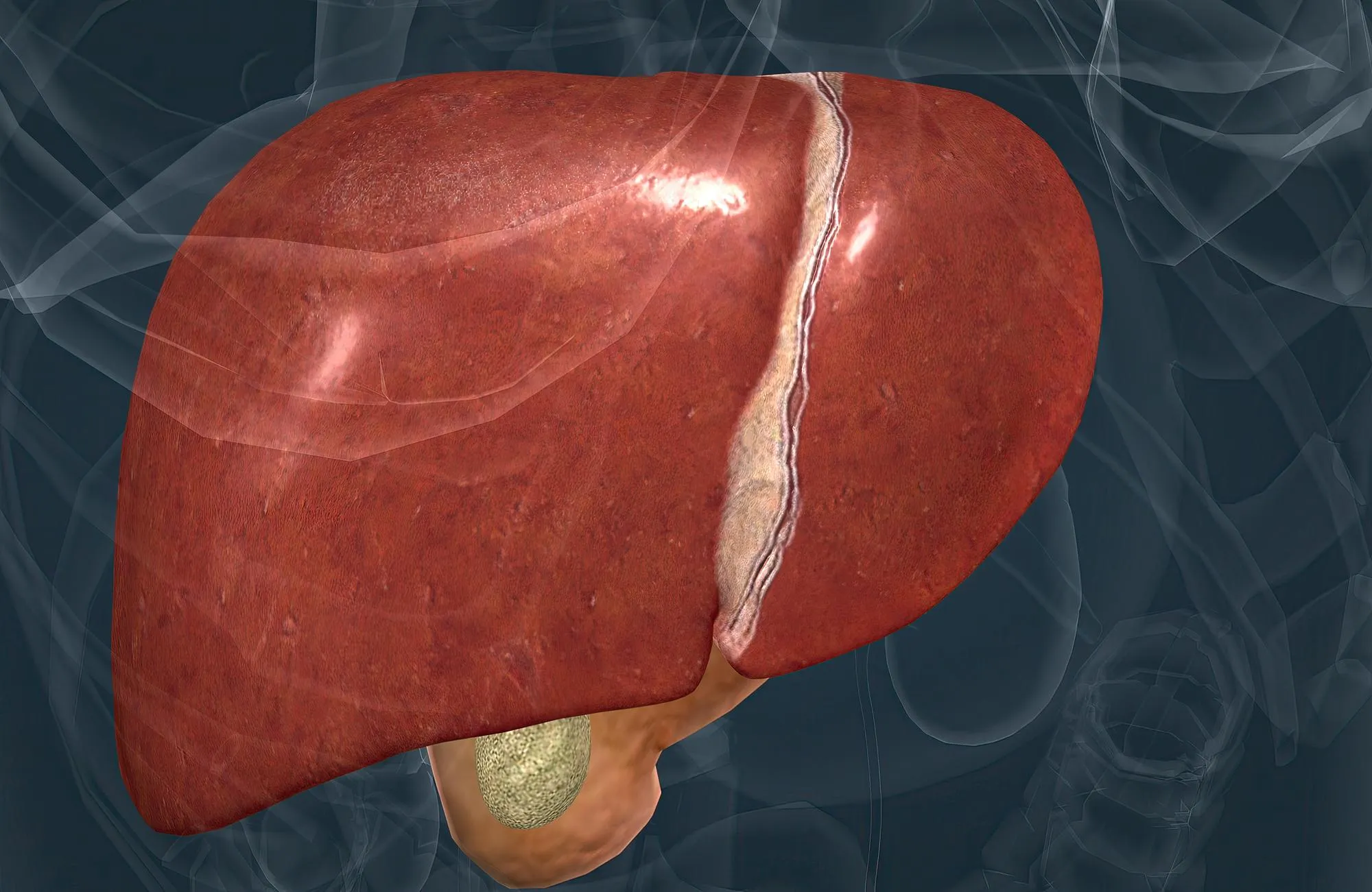In a landmark study published in EBioMedicine, researchers have illuminated the crucial role that Neuropilin-1 (NRP-1) plays in exacerbating liver cirrhosis by facilitating angiogenesis—a process that leads to the formation of new blood vessels—in hepatic sinusoidal endothelial cells (HSECs) via the VEGFR2-dependent PI3K/Akt pathway. This discovery opens the door for potentially targeting NRP-1 in therapeutic approaches to treat cirrhosis, a chronic liver condition with limited treatment options.
The Interplay of NRP-1 and Angiogenesis in Liver Cirrhosis
Liver cirrhosis is characterized by the replacement of healthy liver tissue with scar tissue, leading to progressive organ dysfunction. It is known that angiogenesis in the liver can promote fibrosis, but the specific mechanisms have remained unclear. A team of scientists led by Wang Le L, Feng Yuemin Y, and Zhu Qiang Q from Shandong Provincial Hospital affiliated with Shandong University aimed to clarify the role of NRP-1 in the angiogenic processes that worsen liver cirrhosis.
By analyzing human and murine cirrhotic liver tissues, the researchers established that higher expressions of NRP-1 in HSECs were positively correlated with angiogenesis in liver cirrhosis. In vitro experiments further revealed that the modulation of NRP-1 levels in endothelial cells directly affected the expression and activation of Vascular Endothelial Growth Factor Receptor 2 (VEGFR2), consequently influencing the endothelial cells’ capability for vascular tube formation and migration—key steps in angiogenesis.
Decoding the Mechanisms
The study, which received funding from several esteemed bodies including the National Natural Science Foundation of China, identified that NRP-1 enhances angiogenesis through its influence on VEGFR2, an essential receptor in the angiogenic signaling pathway. Specifically, the research demonstrated that NRP-1 regulates VEGFR2 by impacting the activity of Focal Adhesion Kinase (FAK) and PI3K/Akt signalling, which are known to be central in angiogenic processes.
The in vitro experiments were corroborated using liver histocultures, showing that therapeutic blocking of NRP-1 could reduce intrahepatic angiogenesis and associated fibrosis factors, demonstrating the potential for NRP-1 inhibitors as a novel treatment for liver cirrhosis.
Potential for Breakthrough in Cirrhosis Treatment
This research highlights an important advance in the understanding of liver fibrosis and cirrhosis. By targeting NRP-1, it may be possible to disrupt the pathological angiogenesis that leads to liver dysfunction, providing new hope for patients with cirrhosis. The study’s findings are particularly significant given the current lack of effective therapies for advanced liver fibrosis, positioning NRP-1 as an attractive target for drug development.
DOI: 10.1016/j.ebiom.2019.04.050
References
1. Schuppan D., Afdhal N.H. (2008). Liver cirrhosis. Lancet. 371(9615):838–851. DOI: 10.1016/S0140-6736(08)60383-9
2. Iwakiri Y., Shah V., Rockey D.C. (2014). Vascular pathobiology in chronic liver disease and cirrhosis – Current status and future directions. J Hepatol. 61(4):912–924. DOI: 10.1016/j.jhep.2014.04.011
3. DeLeve L.D. (2015). Liver sinusoidal endothelial cells in hepatic fibrosis. Hepatology. 61(5):1740–1746. DOI: 10.1002/hep.27375
4. Ferrara N., Gerber H.P., LeCouter J. (2003). The biology of VEGF and its receptors. Nat Med. 9(6):669–676. DOI: 10.1038/nm0603-669
5. He Z., Tessier-Lavigne M. (1997). Neuropilin is a receptor for the axonal chemorepellent Semaphorin III. Cell. 90(4):739–751. DOI: 10.1016/S0092-8674(00)80534-9
Keywords
1. Neuropilin-1 liver cirrhosis
2. Angiogenesis liver fibrosis
3. NRP-1 targeted therapy
4. VEGFR2 PI3K/Akt pathway
5. Hepatic sinusoidal endothelial cells
Conclusion
The breakthrough research on NRP-1’s role in liver cirrhosis progression via angiogenesis provides new insights that have substantial implications for the development of targeted therapies. By inhibiting the VEGFR2-dependent PI3K/Akt pathway, it might be possible to alleviate the condition, which affects millions of people worldwide. With further research and clinical testing, inhibitors of NRP-1 could become a cornerstone in the treatment of liver cirrhosis, potentially improving patient outcomes and quality of life.
